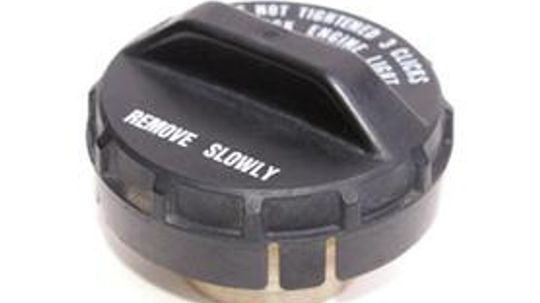In today’s automotive landscape, every penny counts when it comes to fuel efficiency. However, have you ever considered that your gas cap could be silently siphoning away your hard-earned money? It may seem like a trivial component of your vehicle, but the truth is that a faulty or ill-fitting fuel cap can lead to significant financial consequences.
The Hidden Culprit: A Faulty Gas Cap
While we often focus on engine performance and tire pressure as key factors affecting our vehicle’s fuel economy, we tend to overlook the importance of a properly functioning gas cap. A loose or damaged fuel cap can allow precious gasoline vapors to escape from the tank, resulting in decreased mileage and wasted money at the pump.
Modern vehicles are equipped with an evaporative emissions control system designed to capture these harmful vapors and prevent them from being released into the atmosphere. However, if your gas cap fails to create an airtight seal, this system becomes compromised, leading not only to environmental harm but also financial loss for you as the driver.
The Costly Consequences
The consequences of neglecting your gas cap’s condition can add up over time. According to experts in automotive efficiency studies, a loose or missing fuel cap can cause up to 30 gallons (113 liters) of gasoline per year – equivalent to around $100 –to evaporate needlessly into thin air. This means that by simply ensuring your gas cap is tightly secured after each refueling session, you could potentially save hundreds of dollars annually.
Beyond monetary losses due to wasted fuel consumption, there are other potential ramifications associated with an improperly sealed gas cap. For instance, increased evaporation rates contribute directly towards higher levels of greenhouse gases being released into our environment, exacerbating climate change concerns.
Take Action and Reap the Benefits
The good news is that preventing these financial and environmental losses is relatively simple. Regularly inspecting your gas cap for signs of wear or damage, such as cracks or missing seals, can help you identify potential issues early on. Additionally, always remember to tighten your fuel cap until it clicks after each refueling session to ensure a proper seal.
By taking these small yet significant steps towards maintaining an efficient gas cap, you not only protect your wallet but also contribute to a greener future. So next time you fill up at the pump, don’t forget that even the smallest components of your vehicle can have a big impact on both your finances and the environment.
In Conclusion
Your gas cap may seem inconsequential in the grand scheme of things, but its role in preserving fuel efficiency should not be underestimated. By paying attention to this often-overlooked component and ensuring it remains in optimal condition, you can avoid unnecessary expenses at the pump while doing your part for our planet’s well-being.


